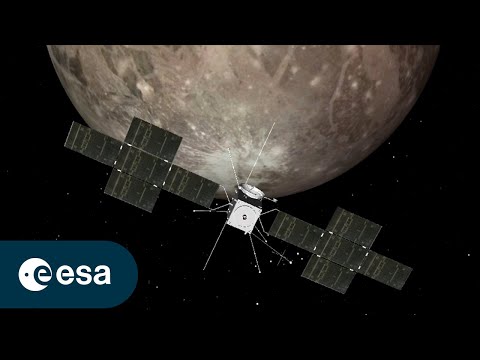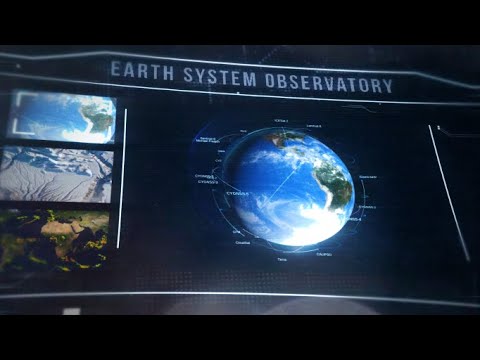NASA and the Japanese Aerospace Agency Launch GPM Satellite
From the Tanegashima Space Center near the southernmost tip of Japan, NASA and the Japanese Aerospace Exploration Agency (JAXA) launched a joint mission to study global measurements of rainfall and snowfall abroad JAXA’s H-IIA rocket. The Global Precipitation Measurement (GPM) Core Observatory is a new NASA built science satellite that will link data from a constellation of current and planned satellites and produce the most precise observations of rain and snow every three hours from anywhere on the globe. The GPM Core Observatory will fly 253 miles (407 kilometers) above Earth in an orbit inclined at 65-degrees to the equator and will begin normal operations in about 60 days after launch. Data will be downlinked through NASA’s Tracking and Data Relay Satellite System to the agency’s Goddard Space Flight Center’s Precipitation Processing Center in Greenbelt, Md., where it will be processed and distributed over the Internet.





What a wonderful thing to have happen on my birthday. Hope I work for you soon NASA.
You can bet if the Japanese built it it is going to work. It's probably got a toyota or honda engine lol. Get yourselves a man on the moon and show the world how it's done. Well done
Nice work JAXA and NASA! This is really something amazing in the space industry and will go down in the history book! It's from japan in will work! Keep it up!
こんにちは
I could only think of one thing throughout this vid, feel so moon,
Very Nice !…
Its a really good event for the Japanese. Good stuff
America should just give up with their shitty space programe now nasa is a has bin bunch of cunts